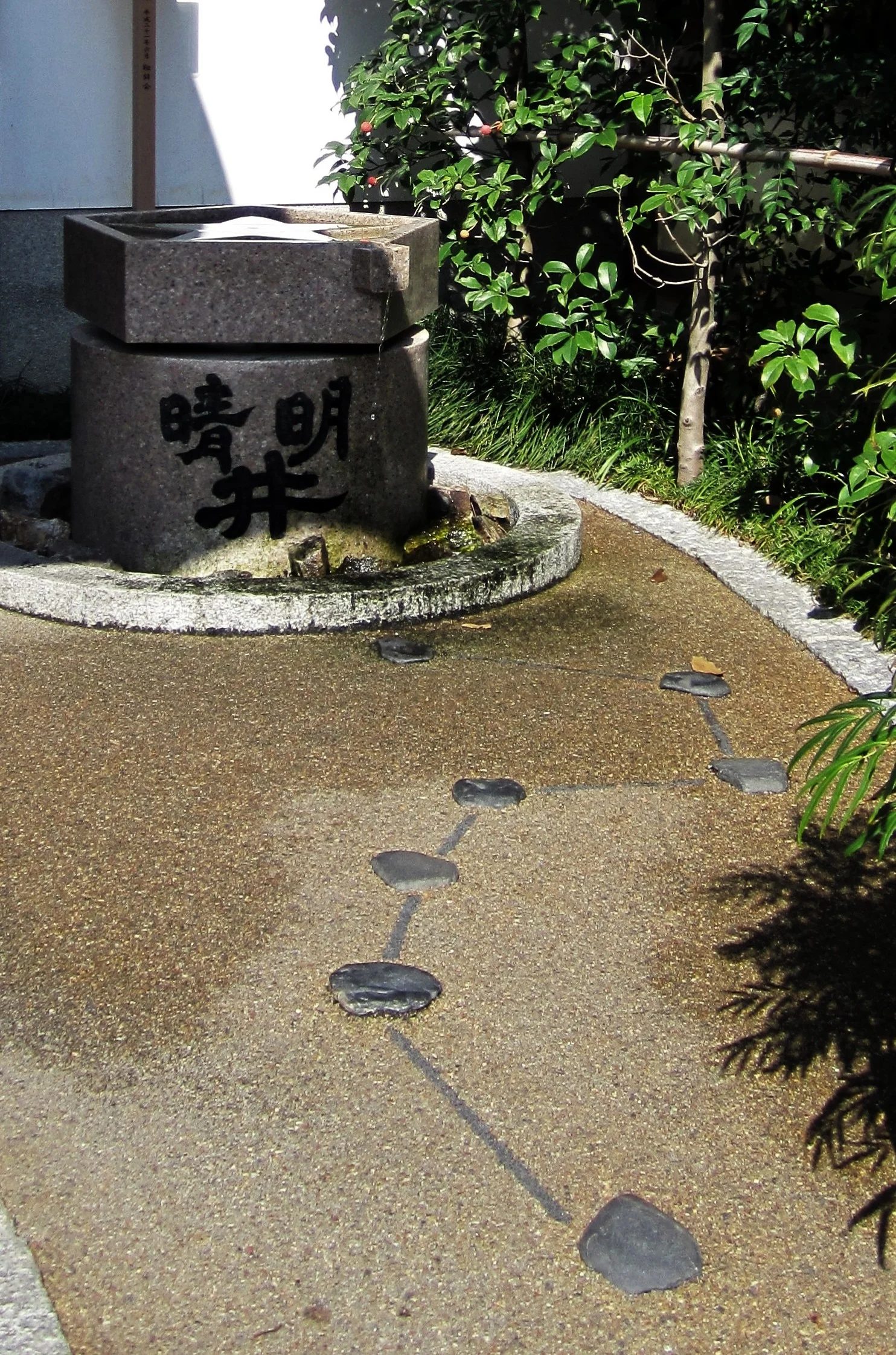choosing a kamon
In my introductory post I mentioned Midorikai, the program that supports non-Japanese chado practitioners in the Urasenke tradition to come to Kyoto for a year to study it full time at the school's college and headquarters. It'll come up a fair bit in my posts on this blog. When students first arrive at Midorikai they receive a scholarship kimono; when they're measured for it they also have the chance to select a kamon (Japanese family crest) to be imprinted on it to make the kimono suitable for formal tea occasions. Virtually all Japanese families have a kamon, but of course non-Japanese families don't. The shop that makes our scholarship kimonos has a catalog of around four thousand kamon, from which one is free to choose if one doesn't have a designated one—or, I suppose, if one does but wants to select a different one. (In our tea tradition, once a practitioner reaches a certain rank they're granted permission to use the school's mon, and maybe that applies to other traditional Japanese arts—let me know if you're familiar with any such examples.)
I've heard it suggested that non-Japanese people might choose a kamon based on their surname if it has a particular meaning, their heraldic crest if they have one, their personality, or just what they think is an attractive design. Poring through thousands of designs is rather daunting, and I didn't want to waste the shopkeeper's time, but I also took it seriously as a means of identifying myself. Long story short, after scanning through thousands of motifs based on flowers, animals, geometric shapes, and cultural objects, I was coming to the end of the catalog without anything striking me. Until I came to a small section of celestial motifs!
Some represented celestial objects by circles arranged in a simple radial design, like this "seven luminaries" (sun, moon, Mercury, Venus, Mars, Jupiter and Saturn) 「七曜」 motif but those were way too abstracted for my taste.
Others depicted celestial objects inside the "negative space" of a crescent moon, like this moon-and-star 「月星紋」motif, which I object to out of astronomical pedantry.
I chose the kamon depicted in the photograph at the top of this post, a Big Dipper 「北斗七星紋」 motif, because it's recognizably celestial and only a little squished to fit neatly inside a circular space. What's that shape sticking out of the star at one end of the Dipper? That must be a pointer to the North Star (Polaris) 北極星, which many skywatchers know can be found by extending an imaginary line through the front two stars of the Bigger Dipper. It's for that reason that this pointer star is known in Chinese as the Star of Celestial Pivot 「天樞」.
I'll write more about this asterism in the context of traditional Japanese (which is to say, mostly traditional Chinese) astronomy in a future post.






